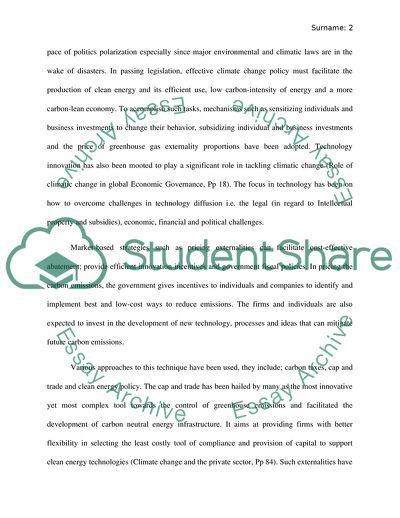Cite this document
(Technological and Market-Based Solutions Assignment - 3, n.d.)
Technological and Market-Based Solutions Assignment - 3. https://studentshare.org/environmental-studies/1836460-final-paper
Technological and Market-Based Solutions Assignment - 3. https://studentshare.org/environmental-studies/1836460-final-paper
(Technological and Market-Based Solutions Assignment - 3)
Technological and Market-Based Solutions Assignment - 3. https://studentshare.org/environmental-studies/1836460-final-paper.
Technological and Market-Based Solutions Assignment - 3. https://studentshare.org/environmental-studies/1836460-final-paper.
“Technological and Market-Based Solutions Assignment - 3”. https://studentshare.org/environmental-studies/1836460-final-paper.


